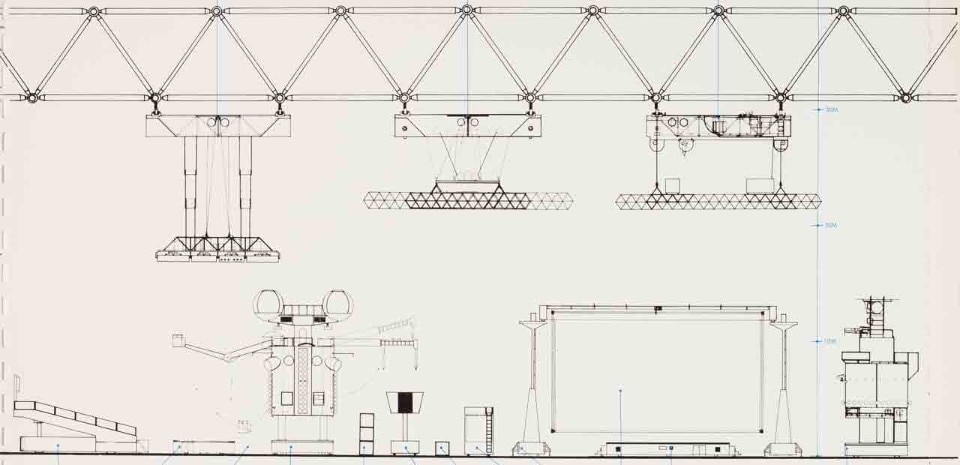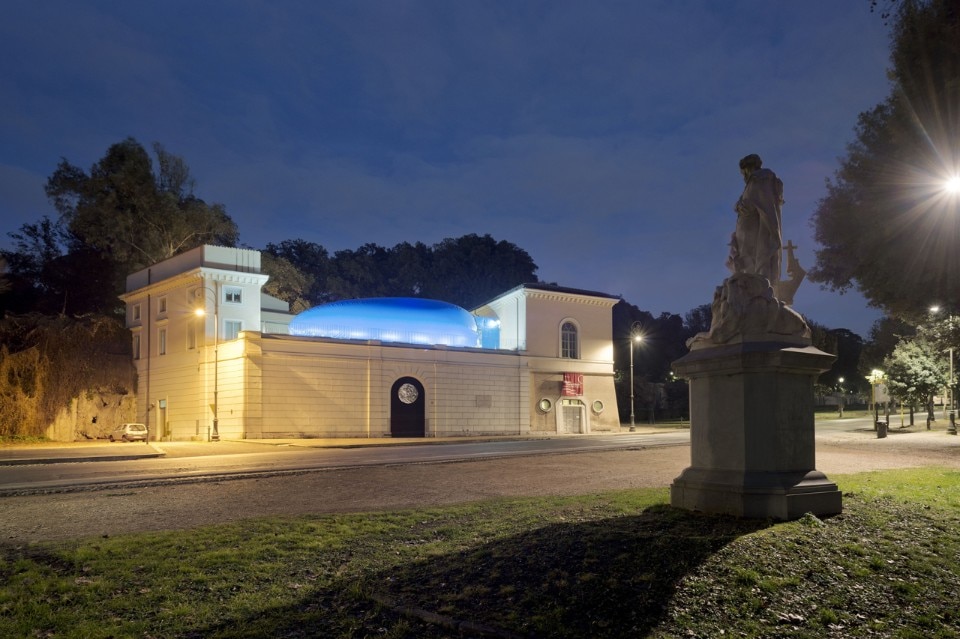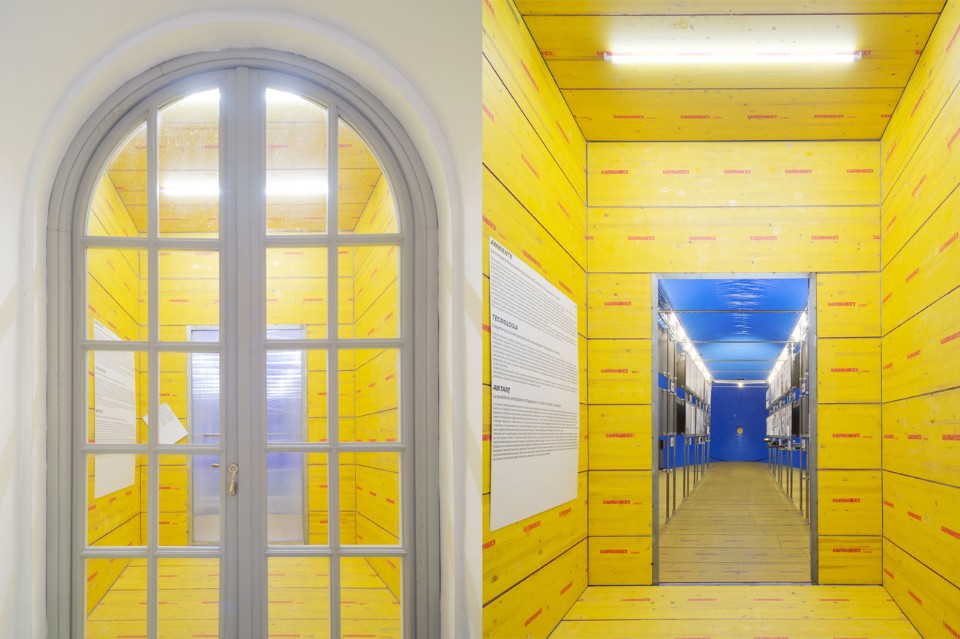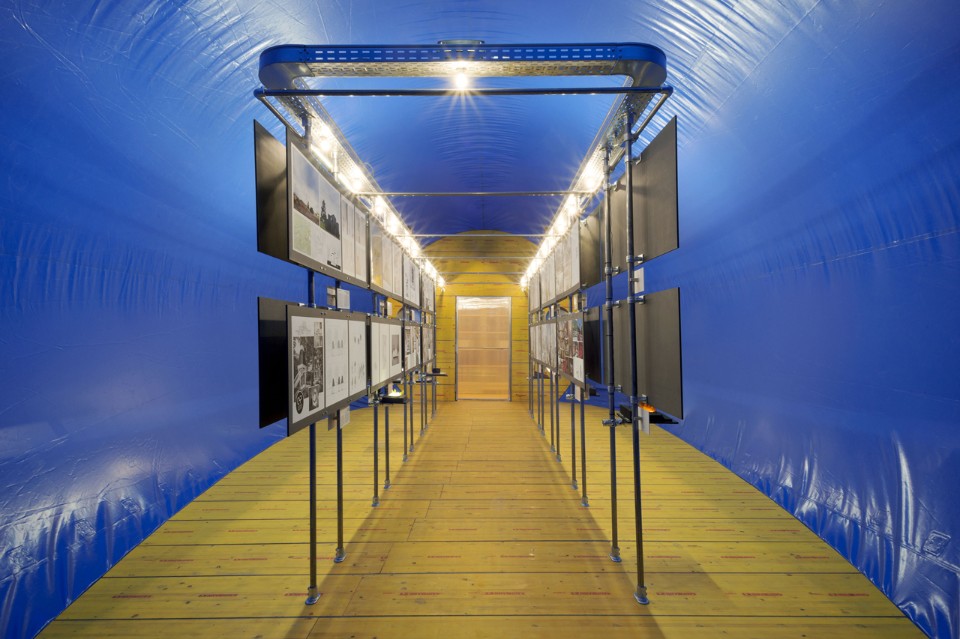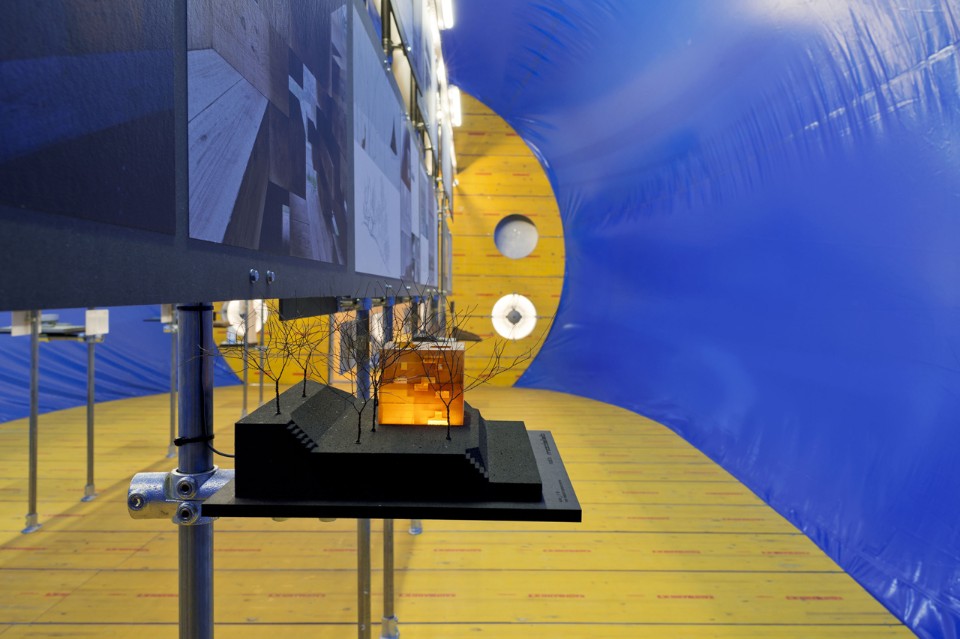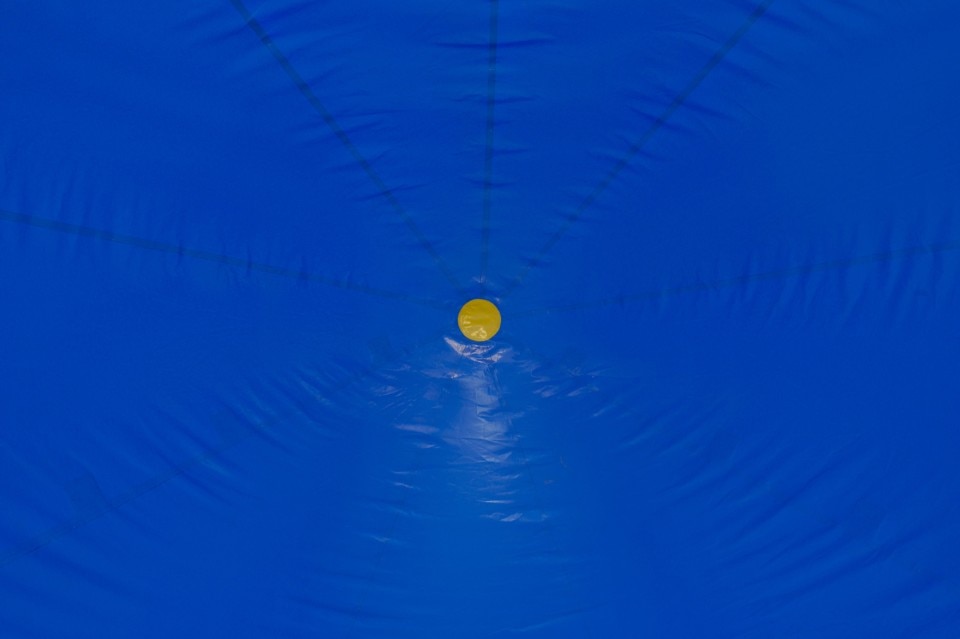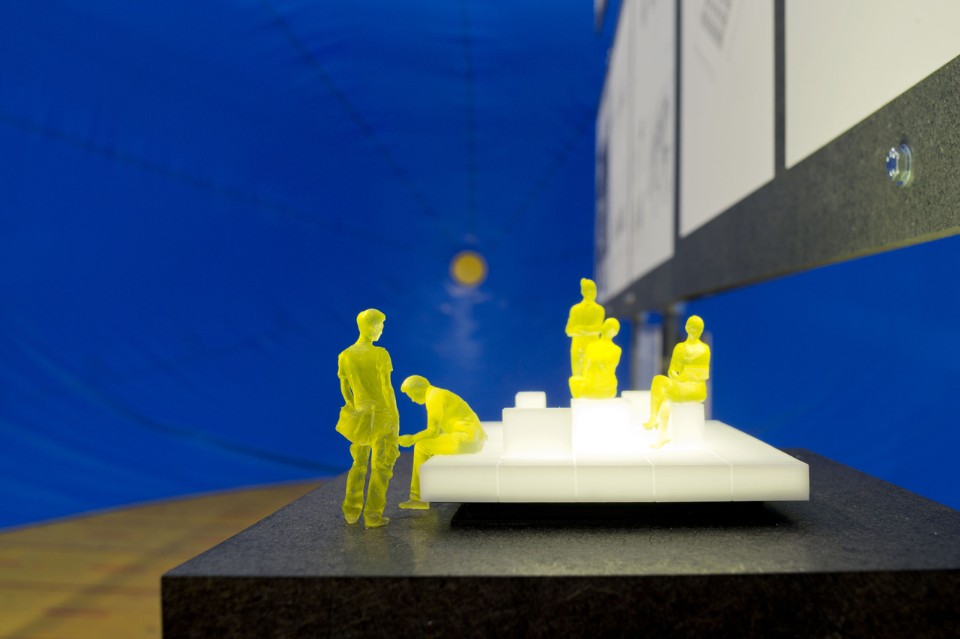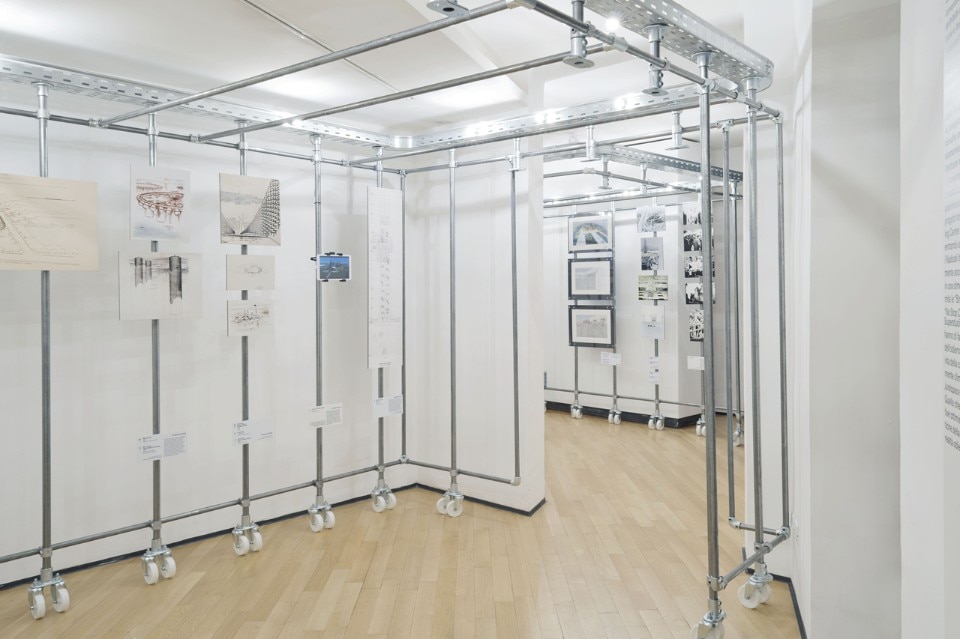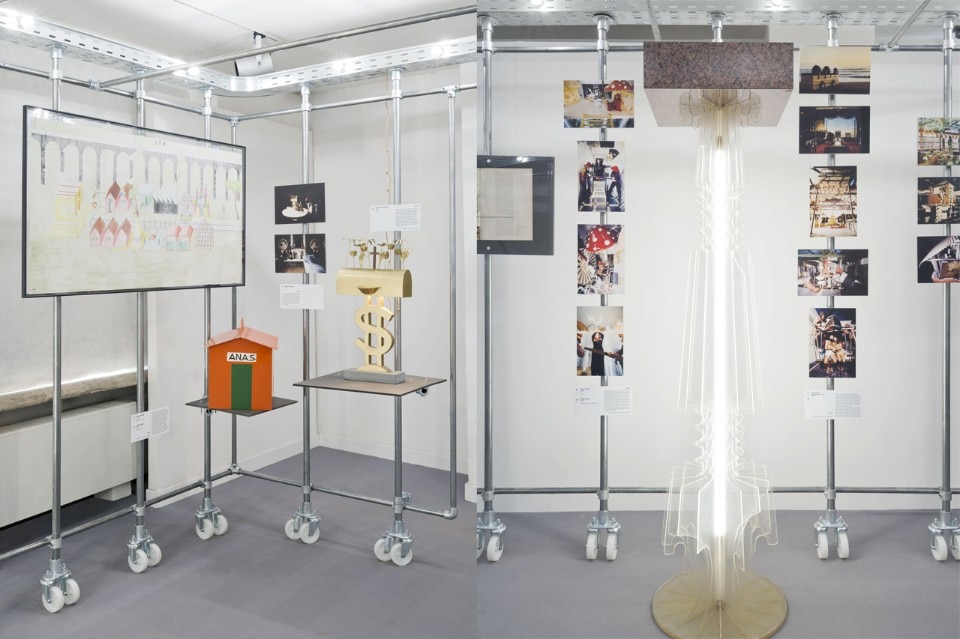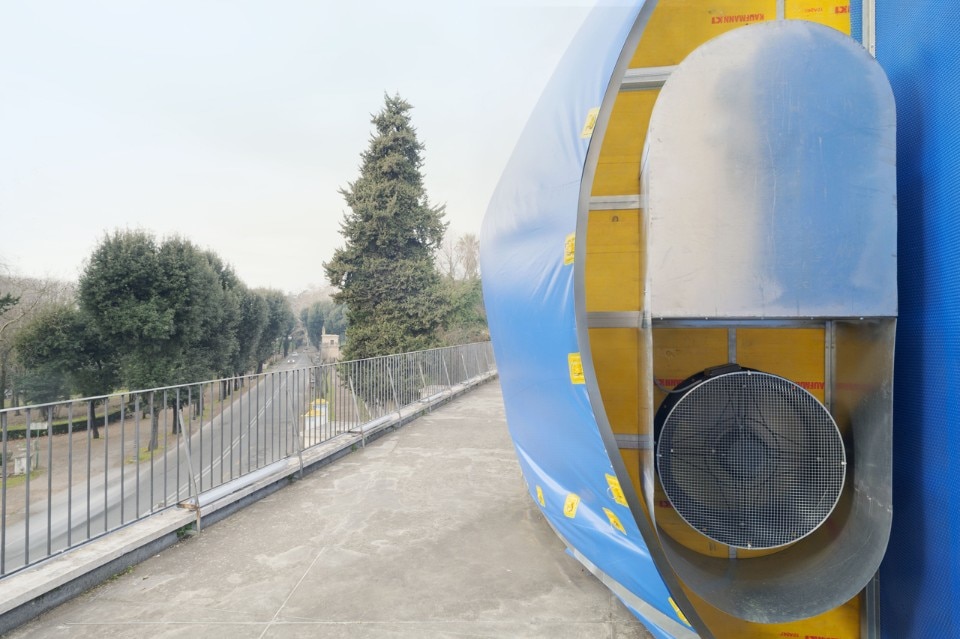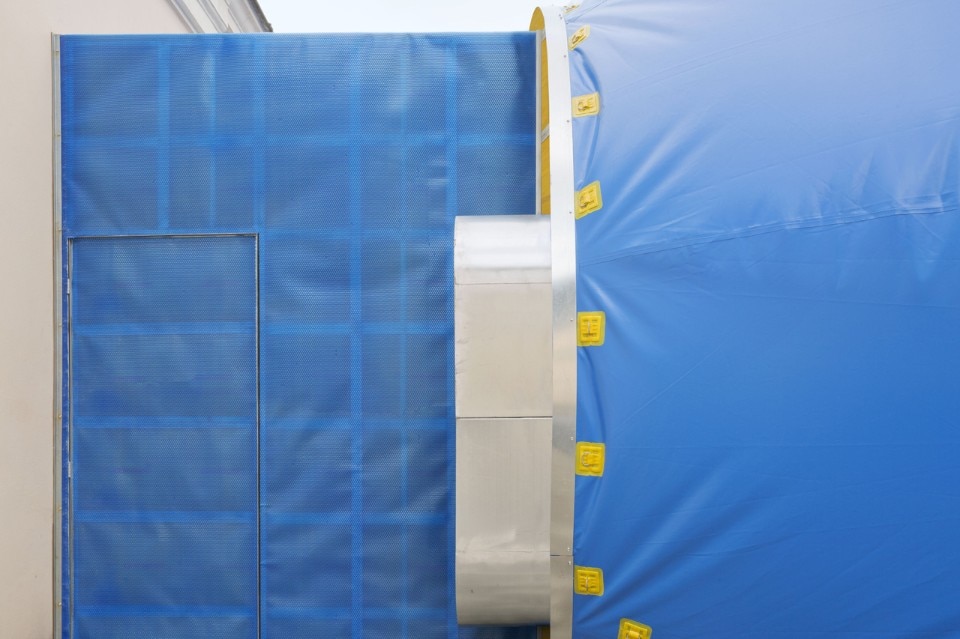
INQUADRA: DeFAVERI's seamless energy efficiency
INQUADRA is DeFAVERI's flush-mounted monoblock that cancels thermal bridges for maximum energy efficiency and a minimalist design. Easy to install and customize, it marks one of the innovations from a long-established company, now part of the ECLISSE Group.
- Sponsored content
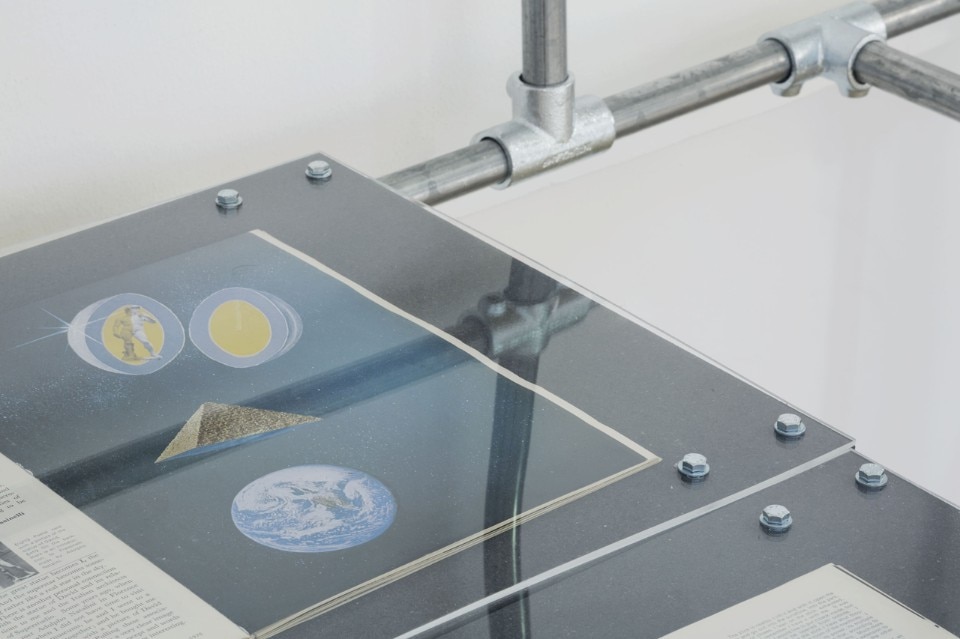
 View gallery
View gallery
01 / 11
The event arises from an exploration of the historical role, in the course of the 1960s and 1970s, of Japanese architecture avant-gardes that convened in the Metabolist movement and in the Italian Radical Architecture. Curated by Rita Elvira Adamo, the exhibition highlights the similarities and disparities between the two experiences.
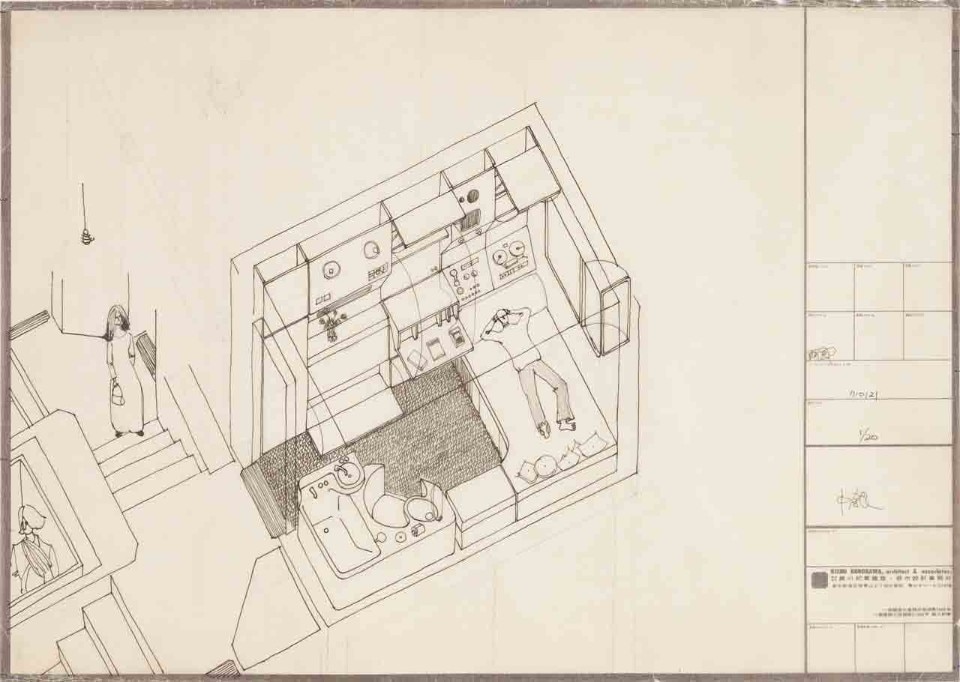
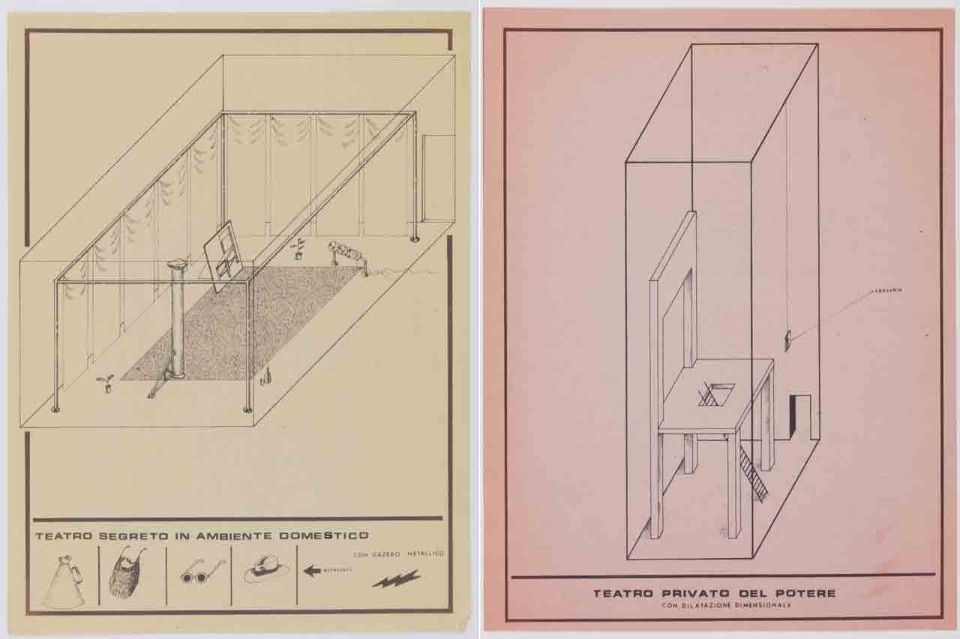
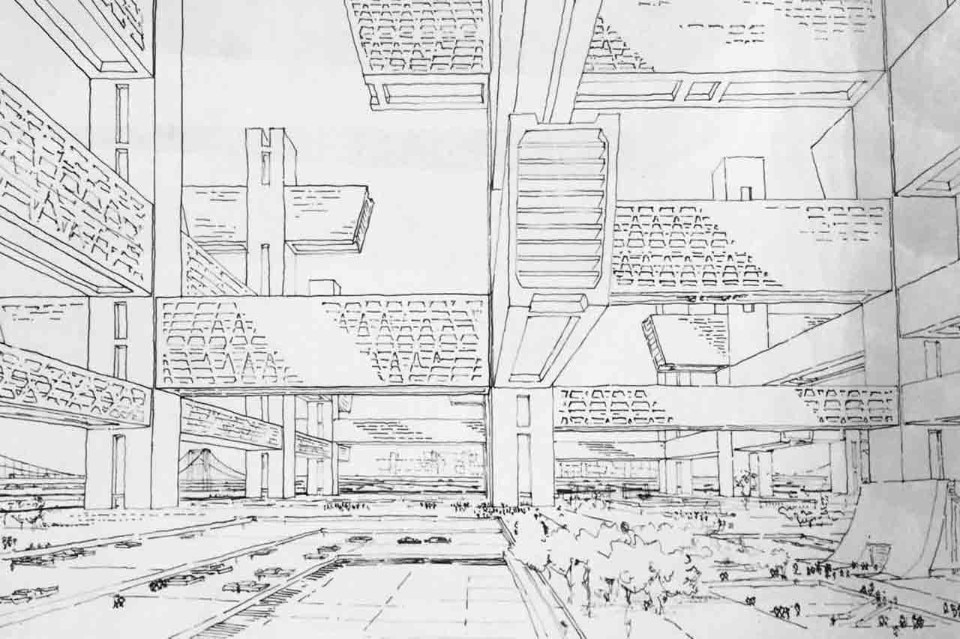
19 January – 26 March 2017
Architettura Invisibile
curated by Rita Elvira Adamo
exhibition design by Studio Analogique
Museo Carlo Bilotti
Aranciera di Villa Borghese
viale Fiorello La Guardia, 6, Rome
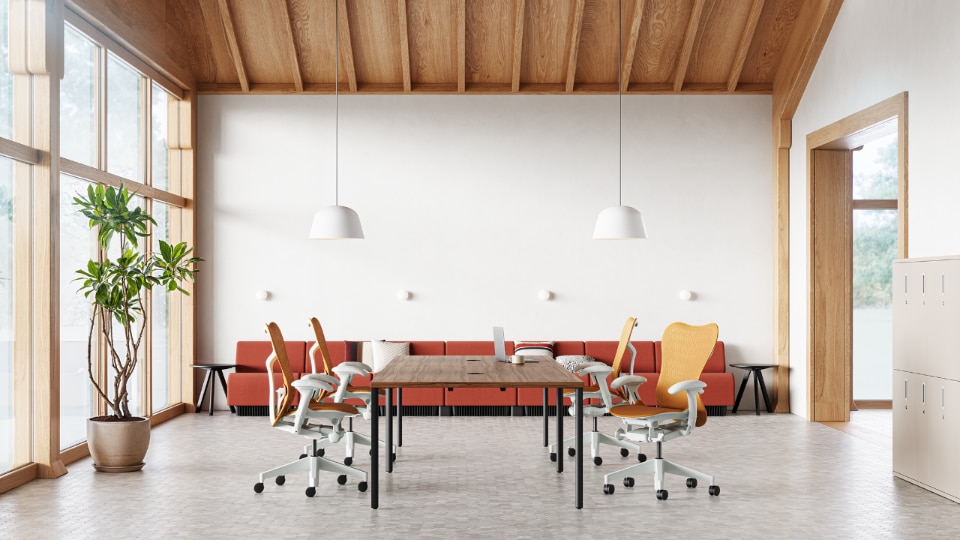
The Mirra 2 combines ergonomics and sustainability
Redesigned by Berlin-based Studio 7.5, the Mirra 2 chair from Herman Miller represents the perfect combination of function and innovation.
- Sponsored content


